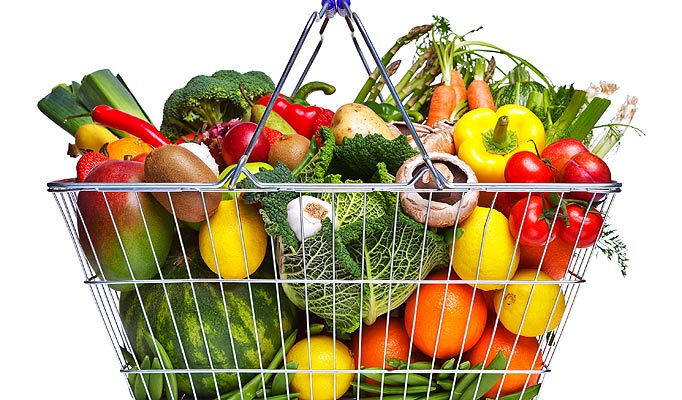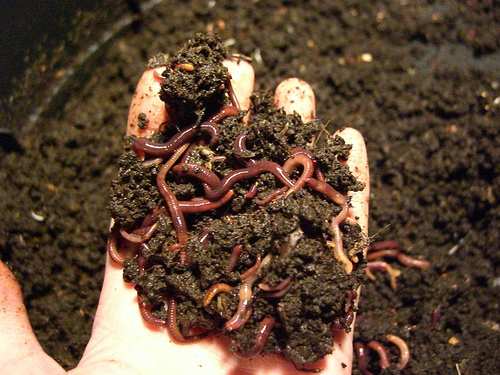Introduction
As summer takes its final breaths, it’s time to pull ourselves together to prepare for a winter vegetable garden. With the arrival of cool morning breeze, this change in temperature directs us towards getting equip with all the resources needed for preparing a perfect fall vegetable garden. It is the time to welcome new seeds in your vegetable garden. Your autumn garden is all set to accept these new seeds to be sowed for winter vegetable garden.
This article is dedicated to urban dirt lovers to guide them for preparing a perfect winter vegetable garden. This will ensure healthy supply of organic food as meals on their dining tables during cold day lunches, supper and dinner.
There are certain steps that should be carried out in your winter vegetable garden while preparing to face cold breezes and to have your kitchen basket full of fresh veggies all the season.
Removal of Debris
At the start of autumn garden should be treated as your child who needs to be pampered before the winter comes around. Autumn season is perfect to do all necessary actions to make your garden ready for winter crops.
In addition to this, autumn garden should be tackled in such a way that it strengthens the vegetable garden for the next two season viz., winter and summer.
So, first step to prepare for winter vegetable garden is to make sure that all the dead plants and other debris are removed and cleaned out from the soil. Any deceased plant left, can cause the spread of a disease. A dirty vegetable garden means unhealthy gardening. So start with cleaning the garden.
On the other hand, healthy left over’s of plants or plant debris should be mixed with the compost to make the soil healthy and nutritious. Adding them into the crops of vegetable garden optimize the drainage, expose oxygen, release compaction and enriches the soil.
Adding Strength to the Soil of Winter Vegetable Garden
In my opinion, using chemicals in your soil during preparations of winter vegetable garden will be quite harmful especially when there is another way out. The soil can be enhanced and enriched by adding compost (homemade compost or commercial compost), vermicompost, compost tea, cover crops and animals manure. In case of animal manure, animals should also be fed with the organic feed. This will be less expensive and completely natural.
It should be kept in mind that, your vegetable garden is exhausted producing all those crops during spring and summer, spending so much energy and nutrition.
Amongst the wide range of options available for adding strength to the soil, fall is the season to flourish your fall vegetable garden and make it healthy and refresh all over again.
On the other hand, winter rains carry lots of nutrition which get buried deep underground in the soil. So I suggest tilling vegetable garden soil as it is important if you want to avoid surface run off.











